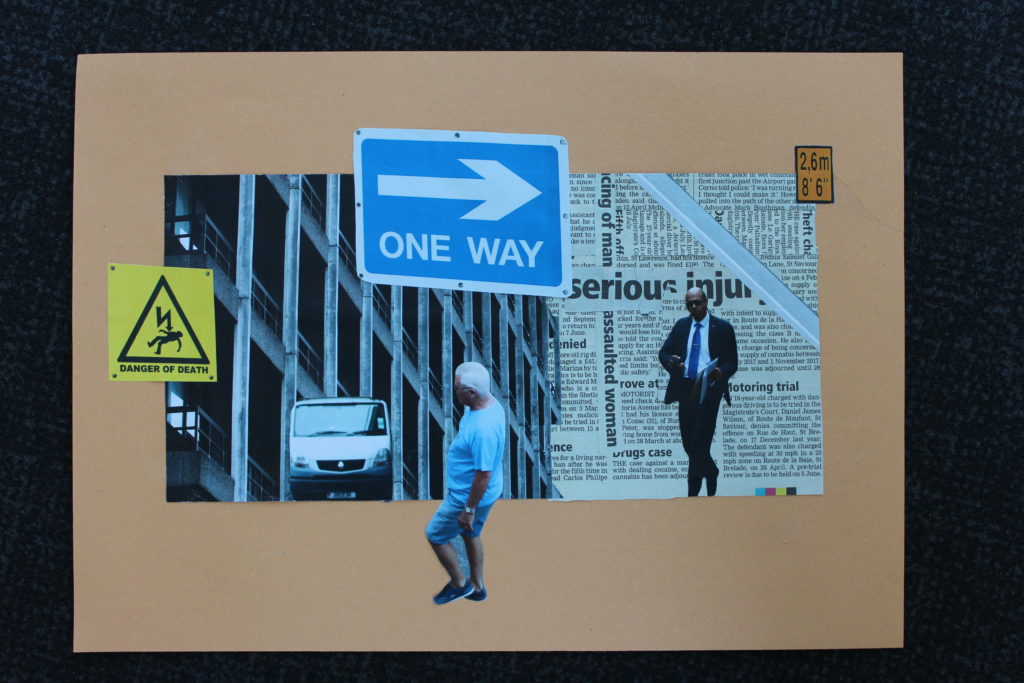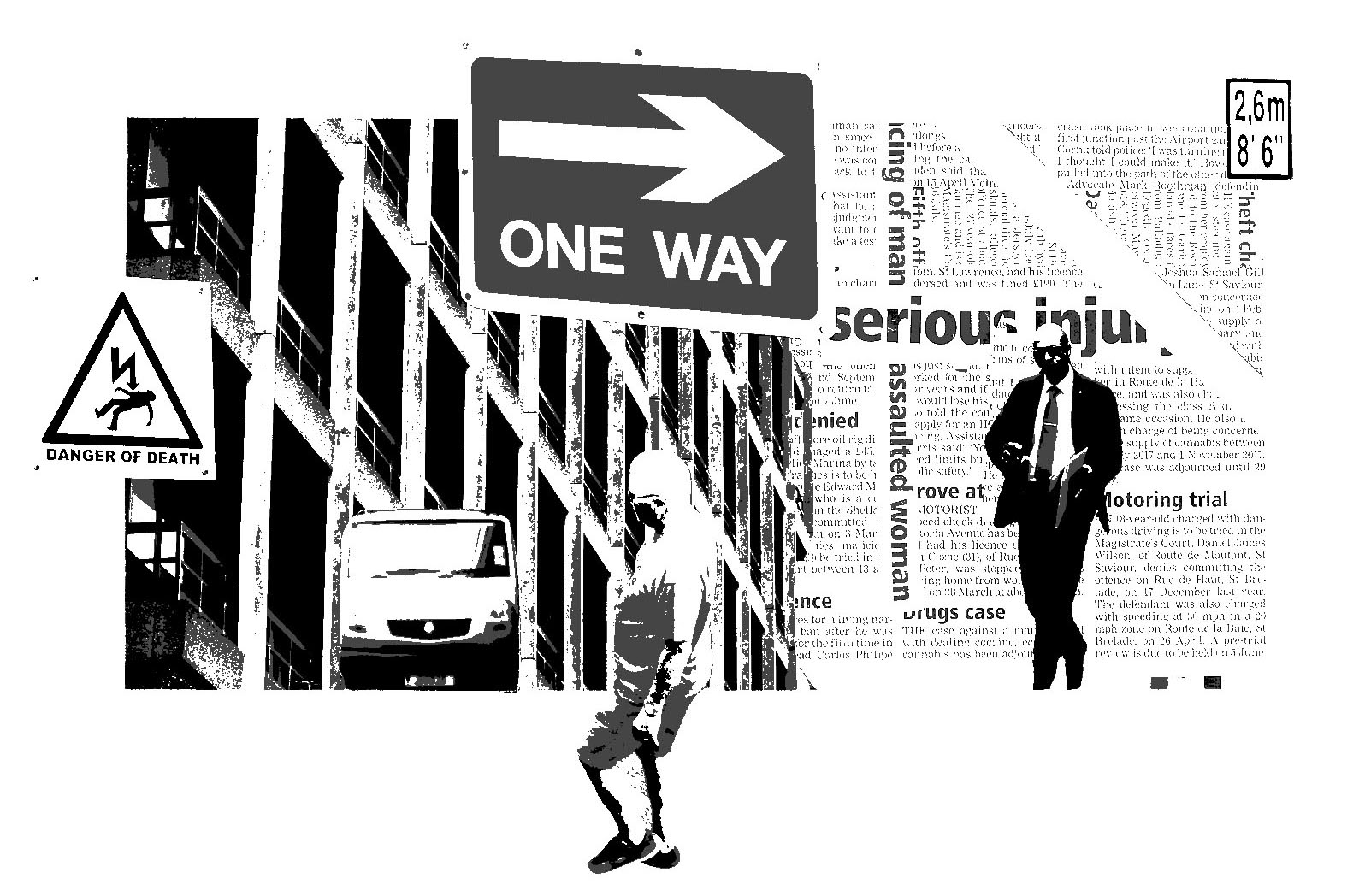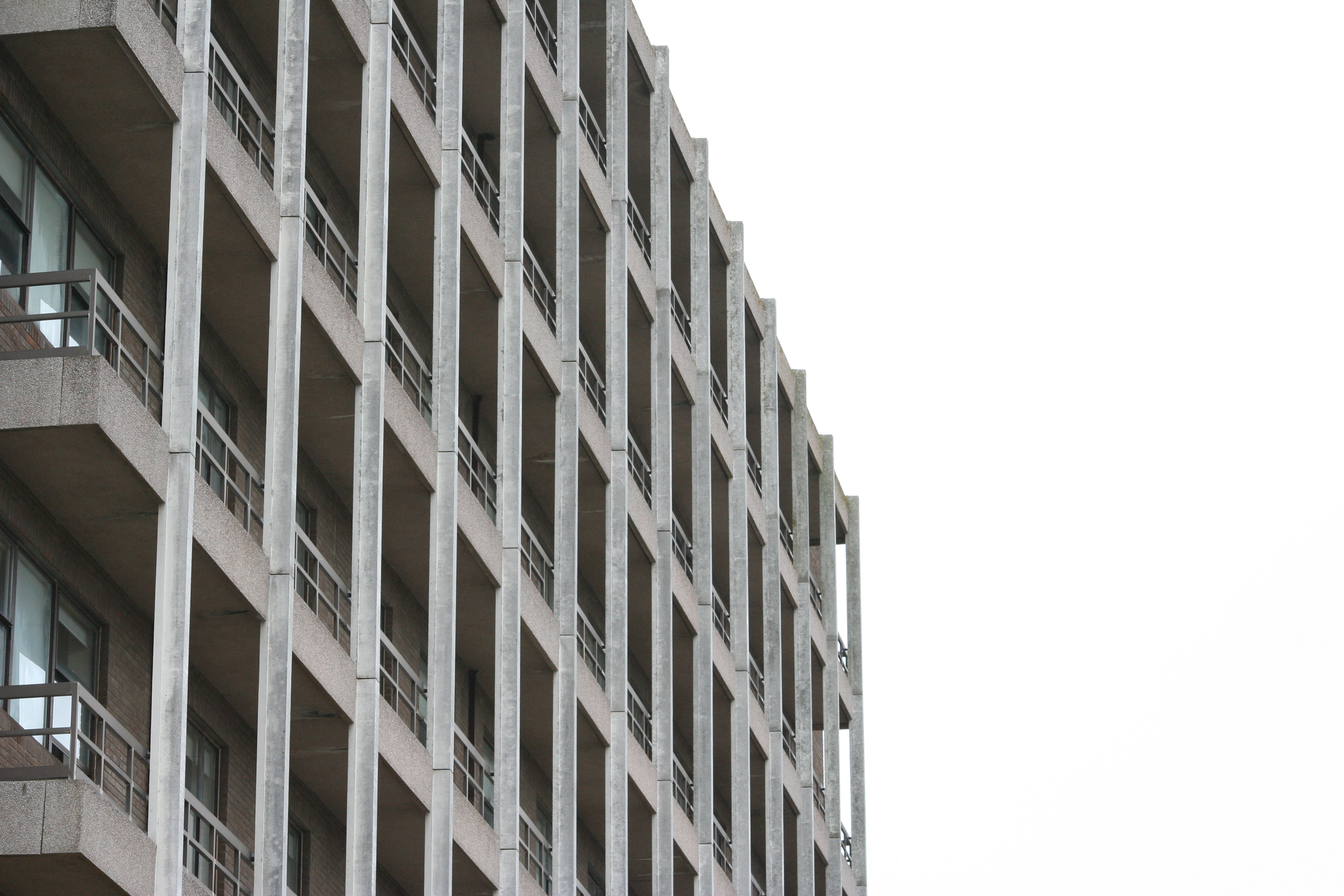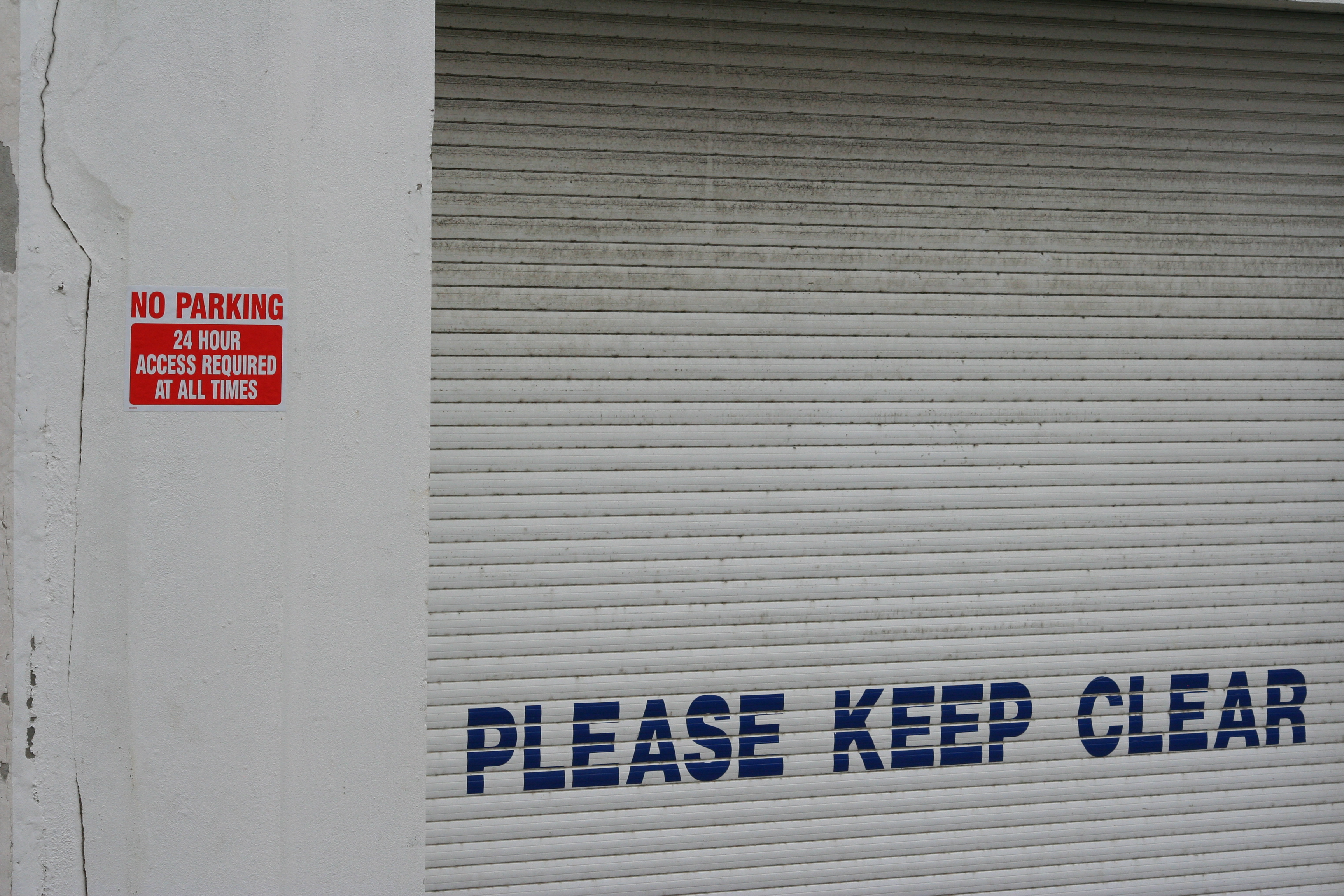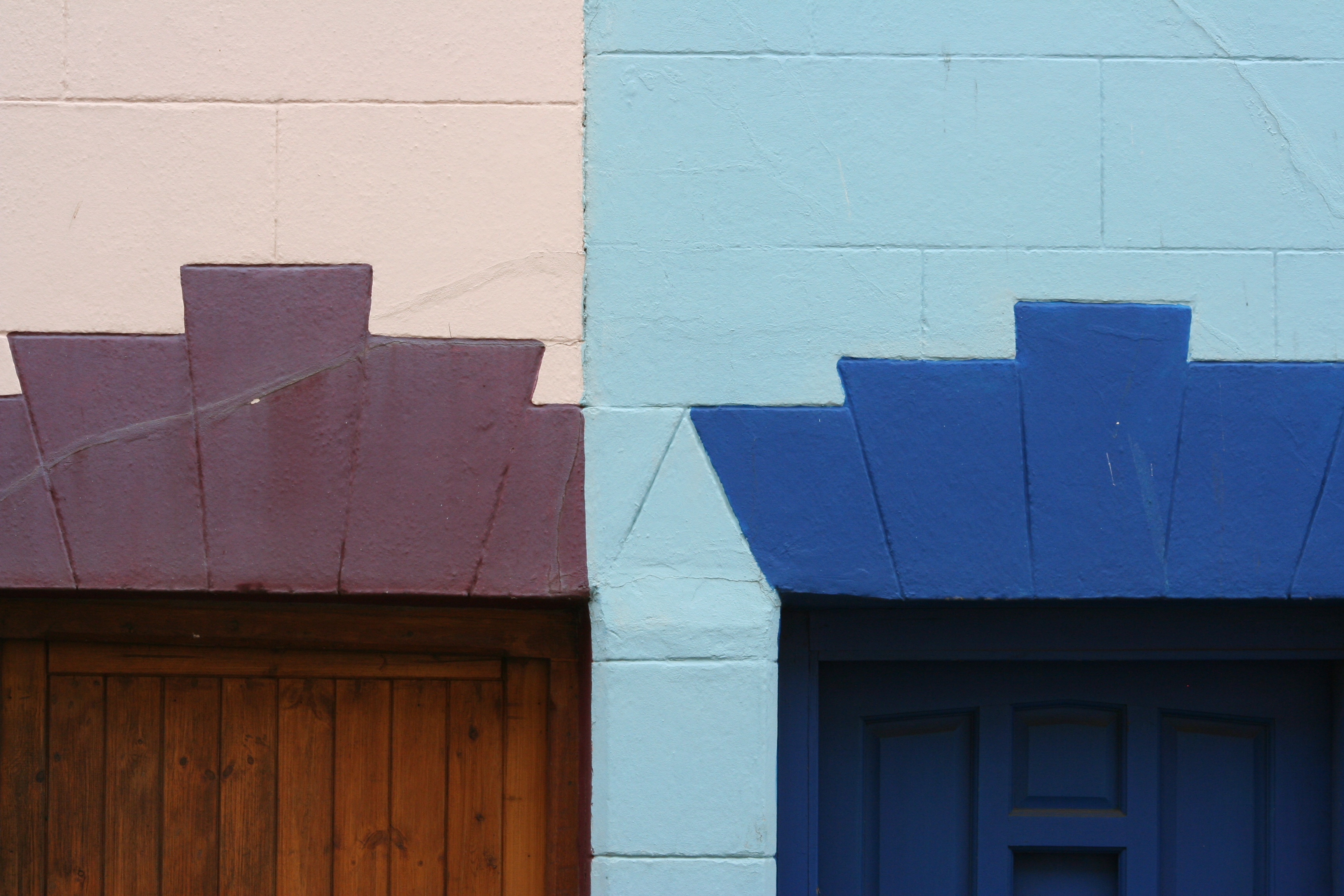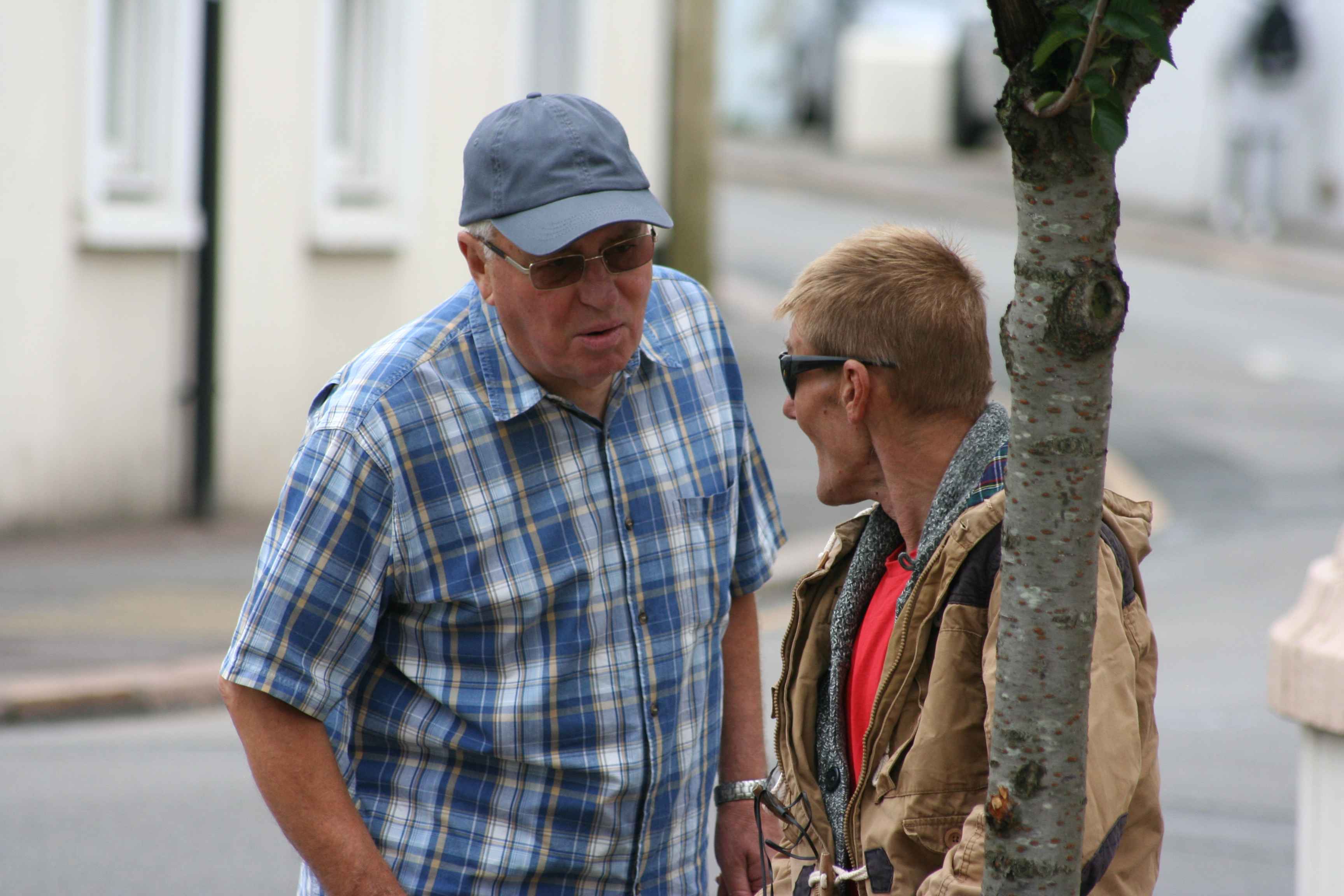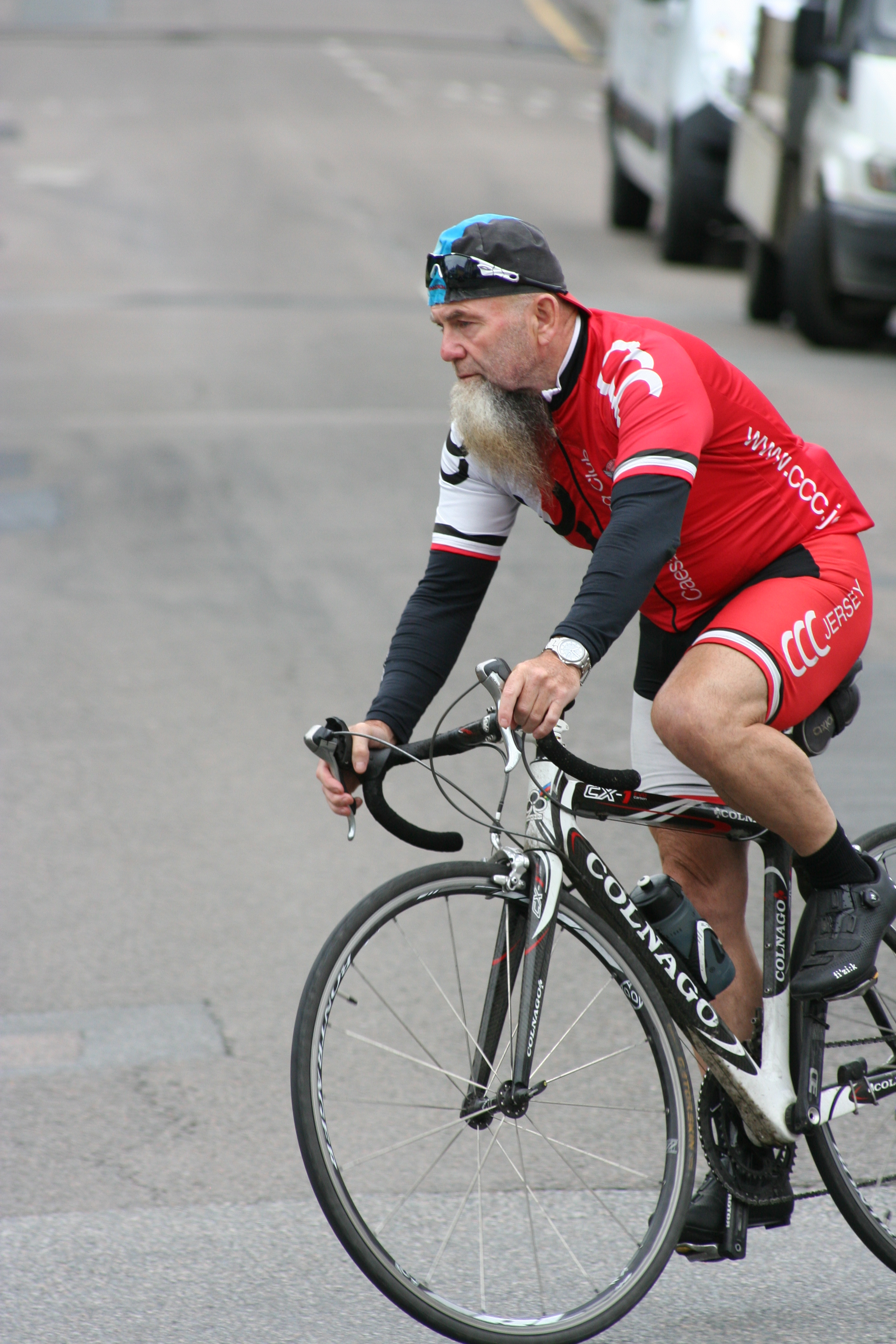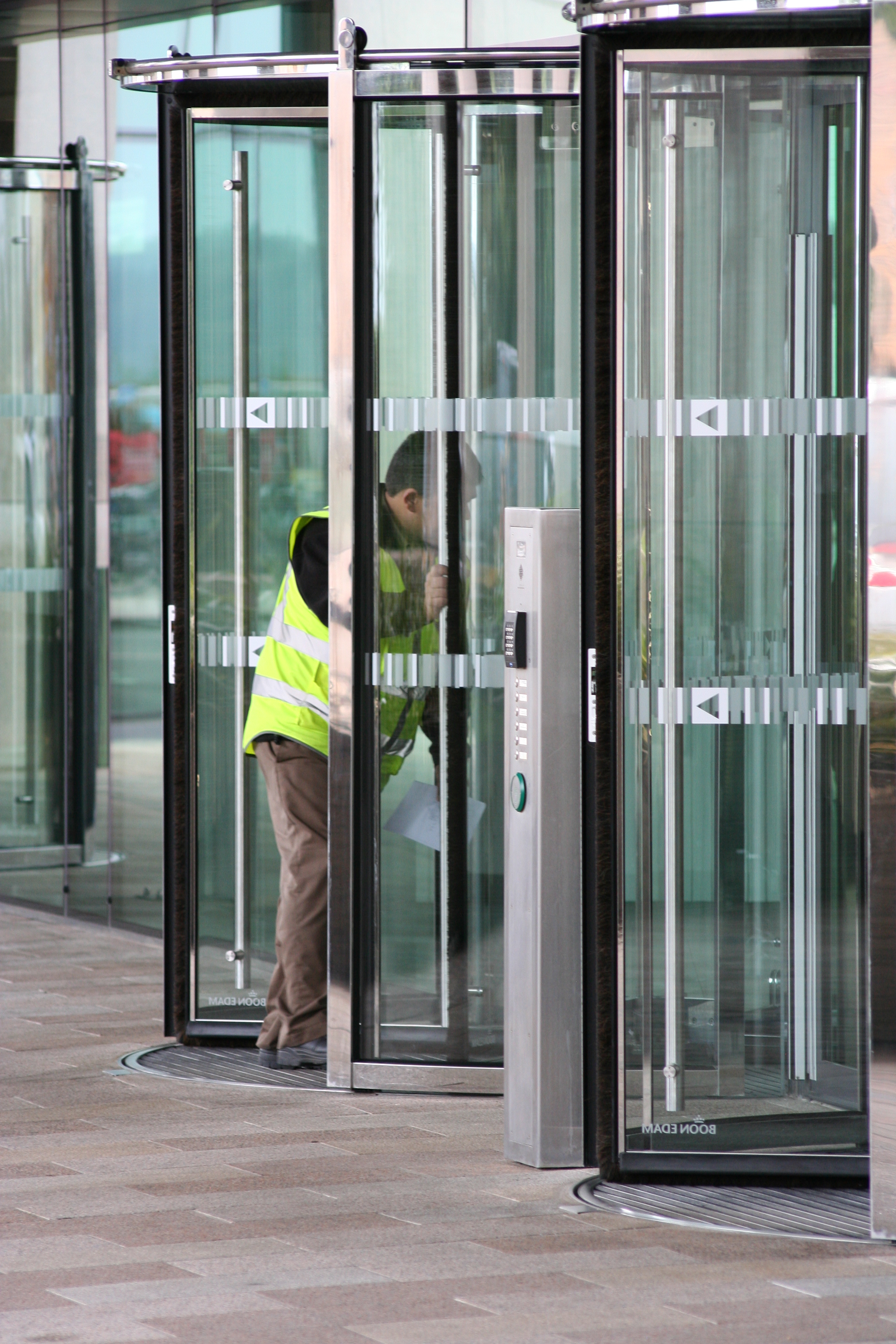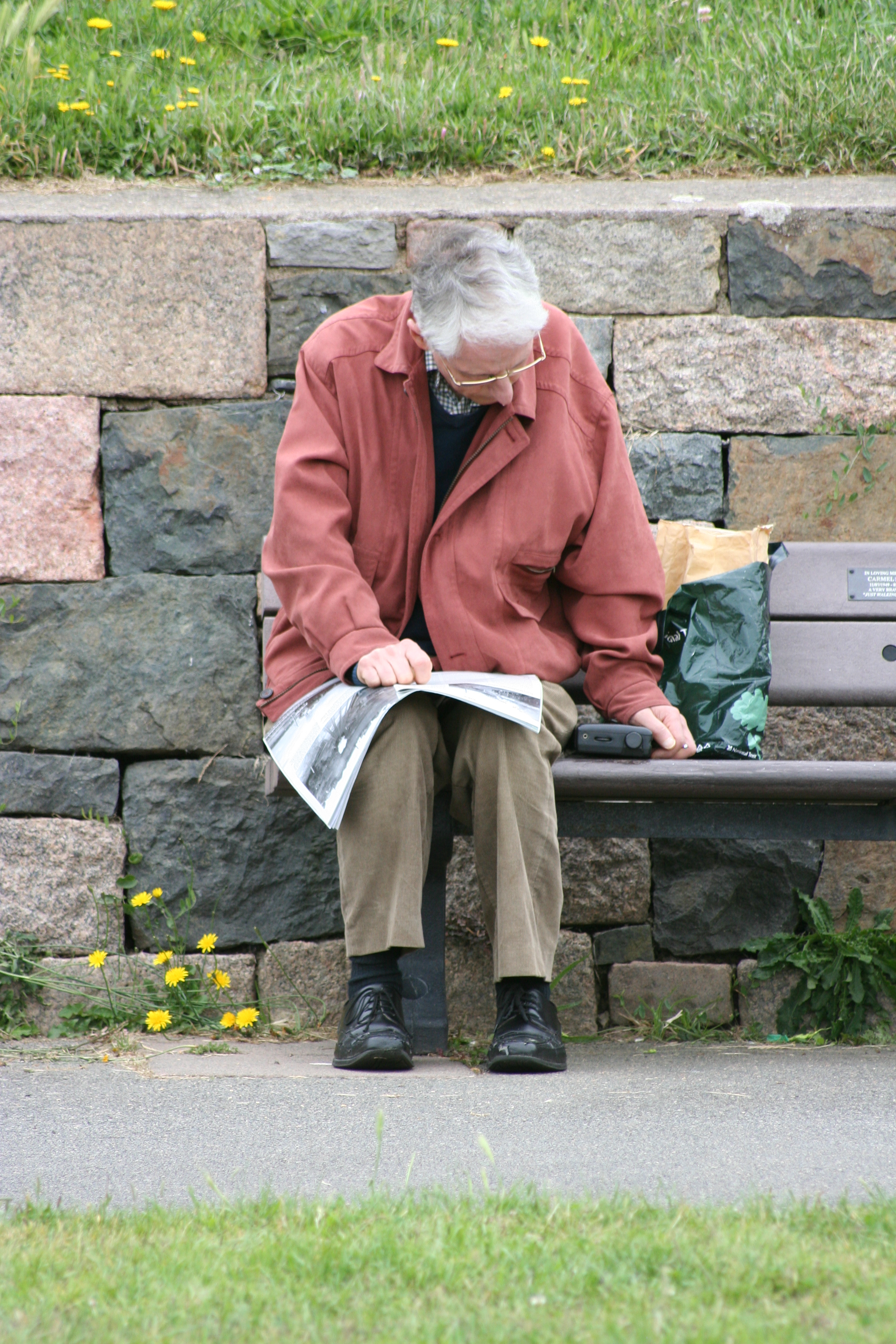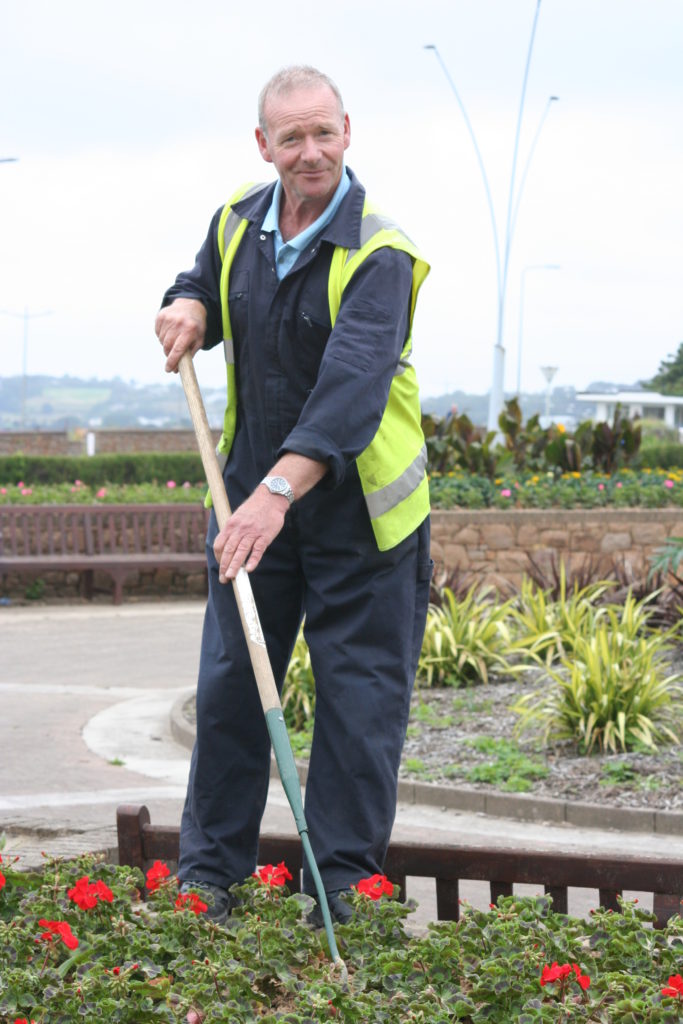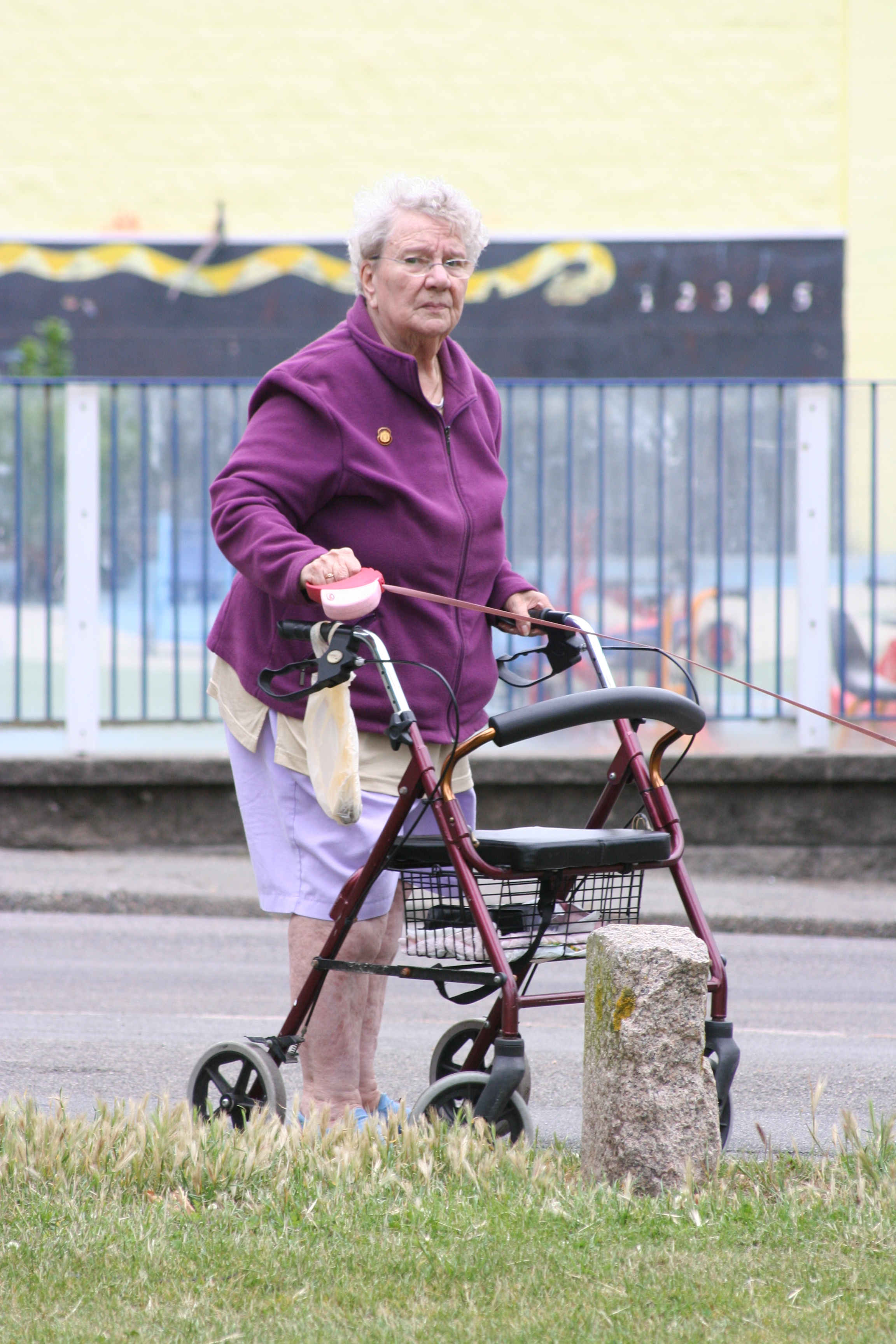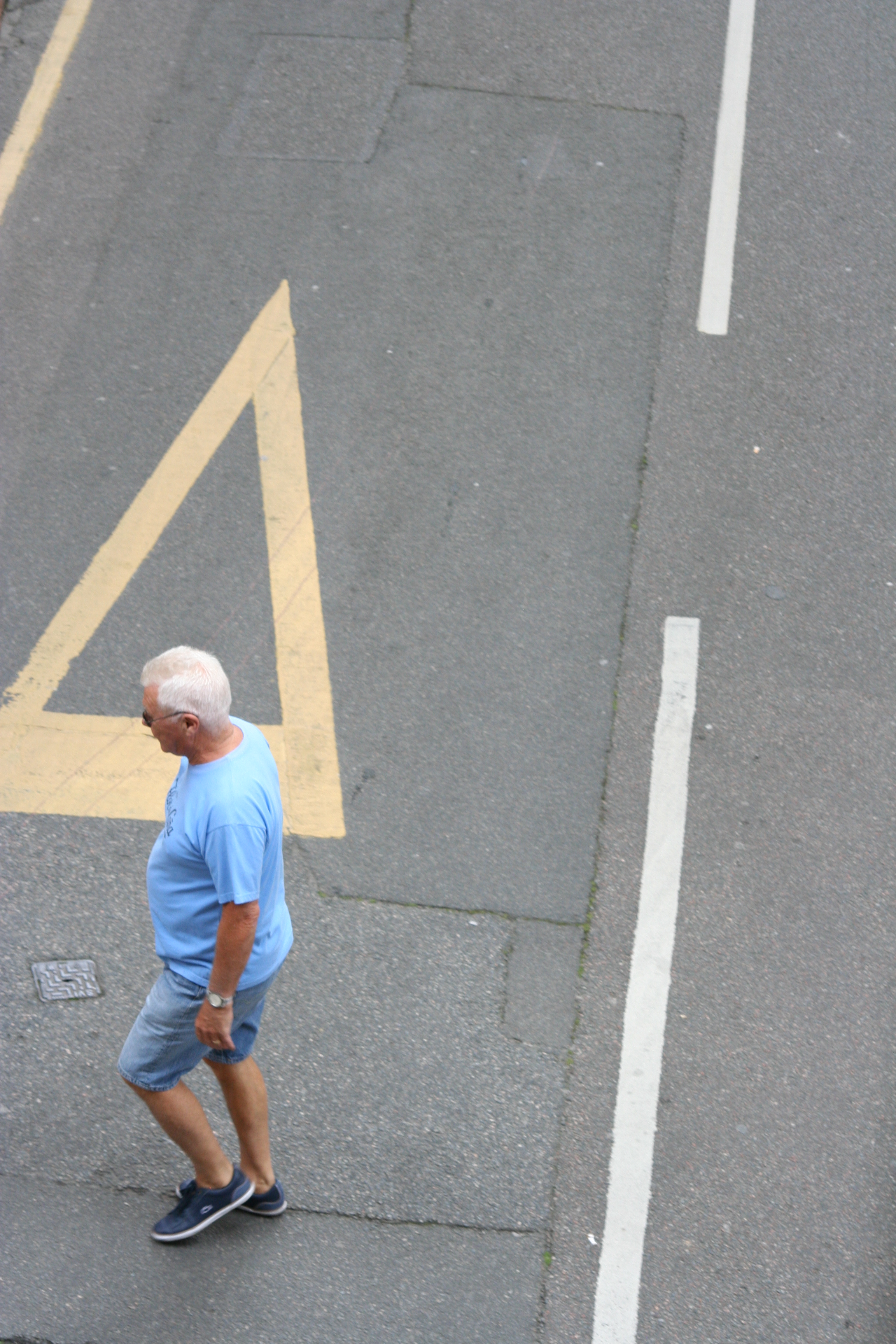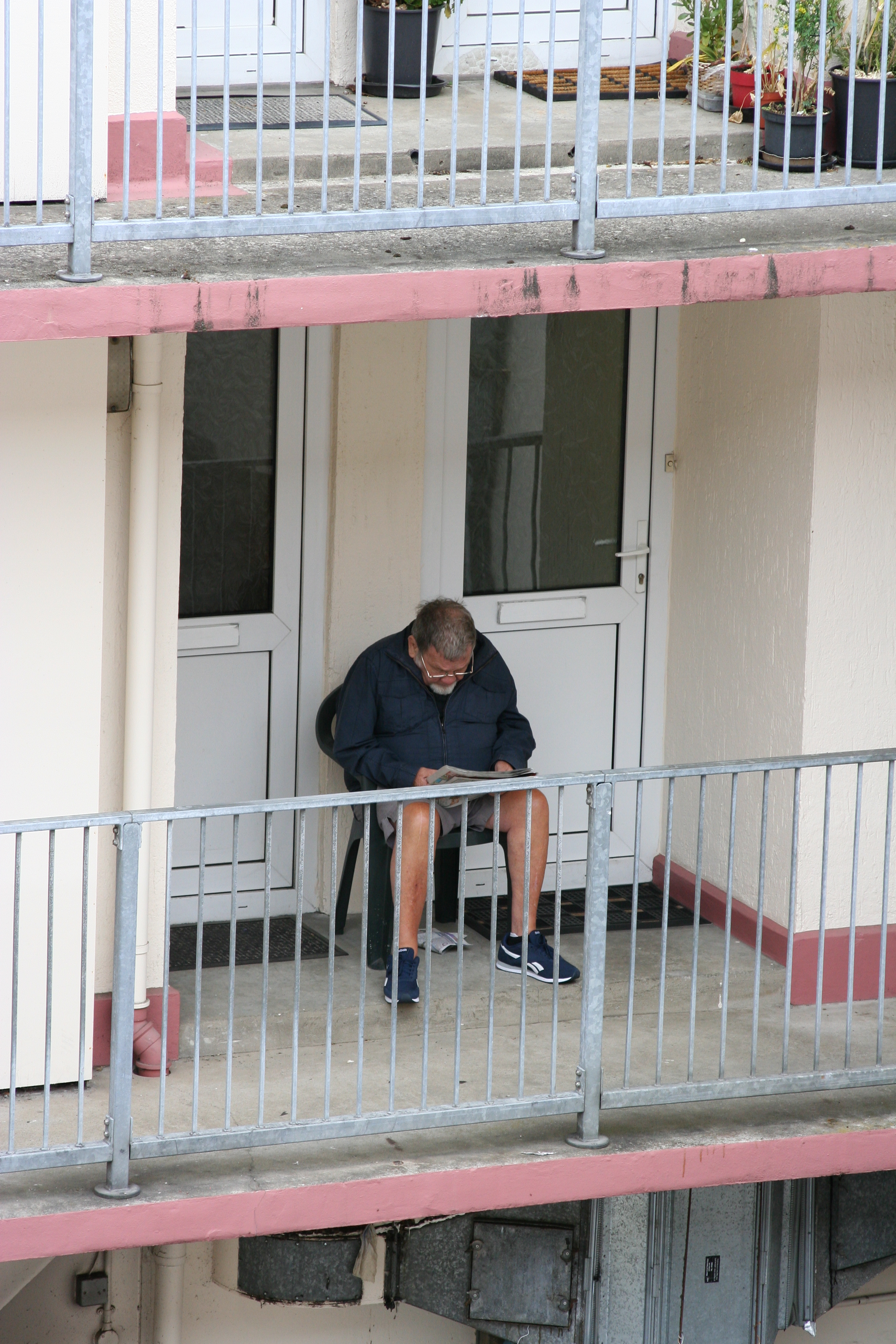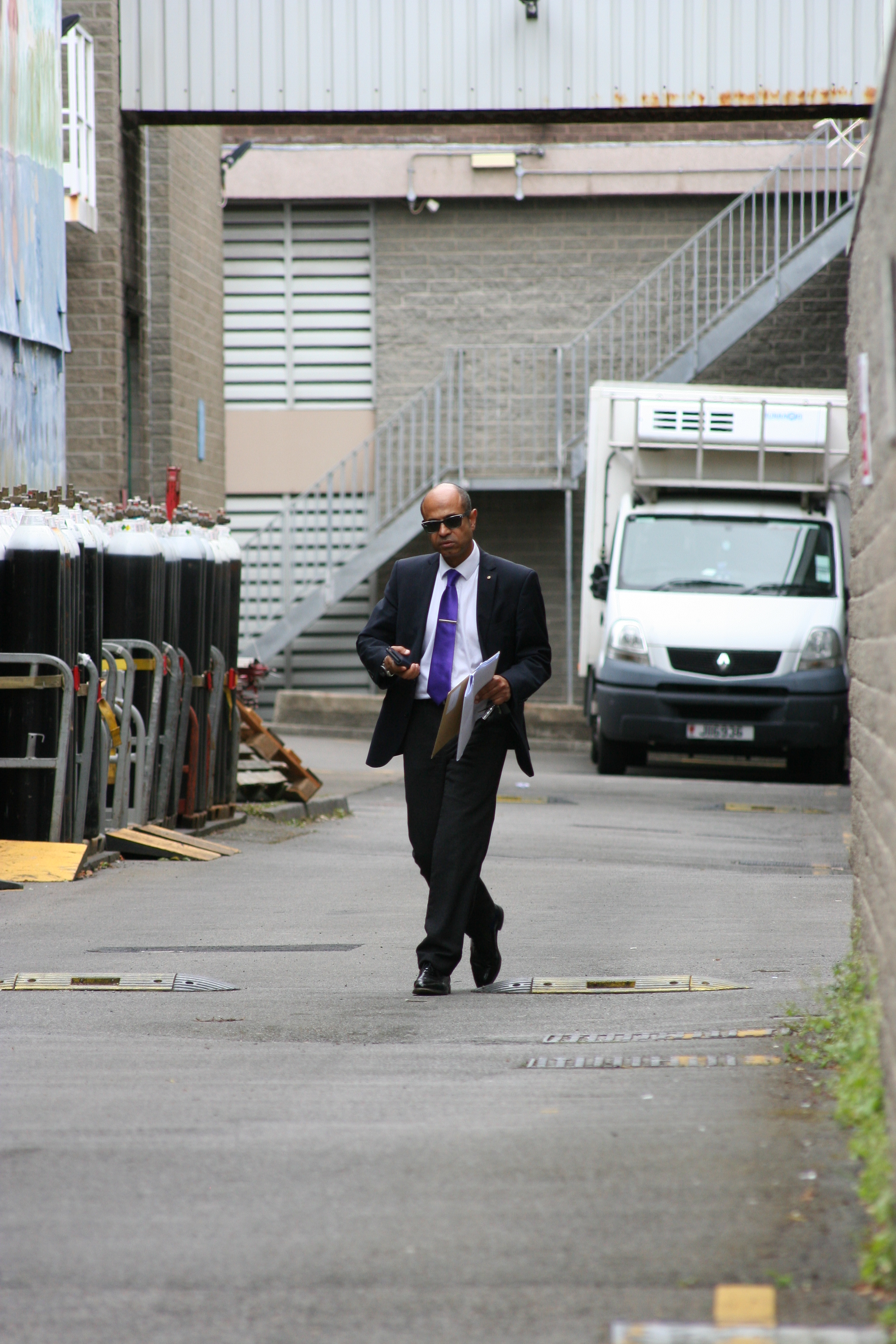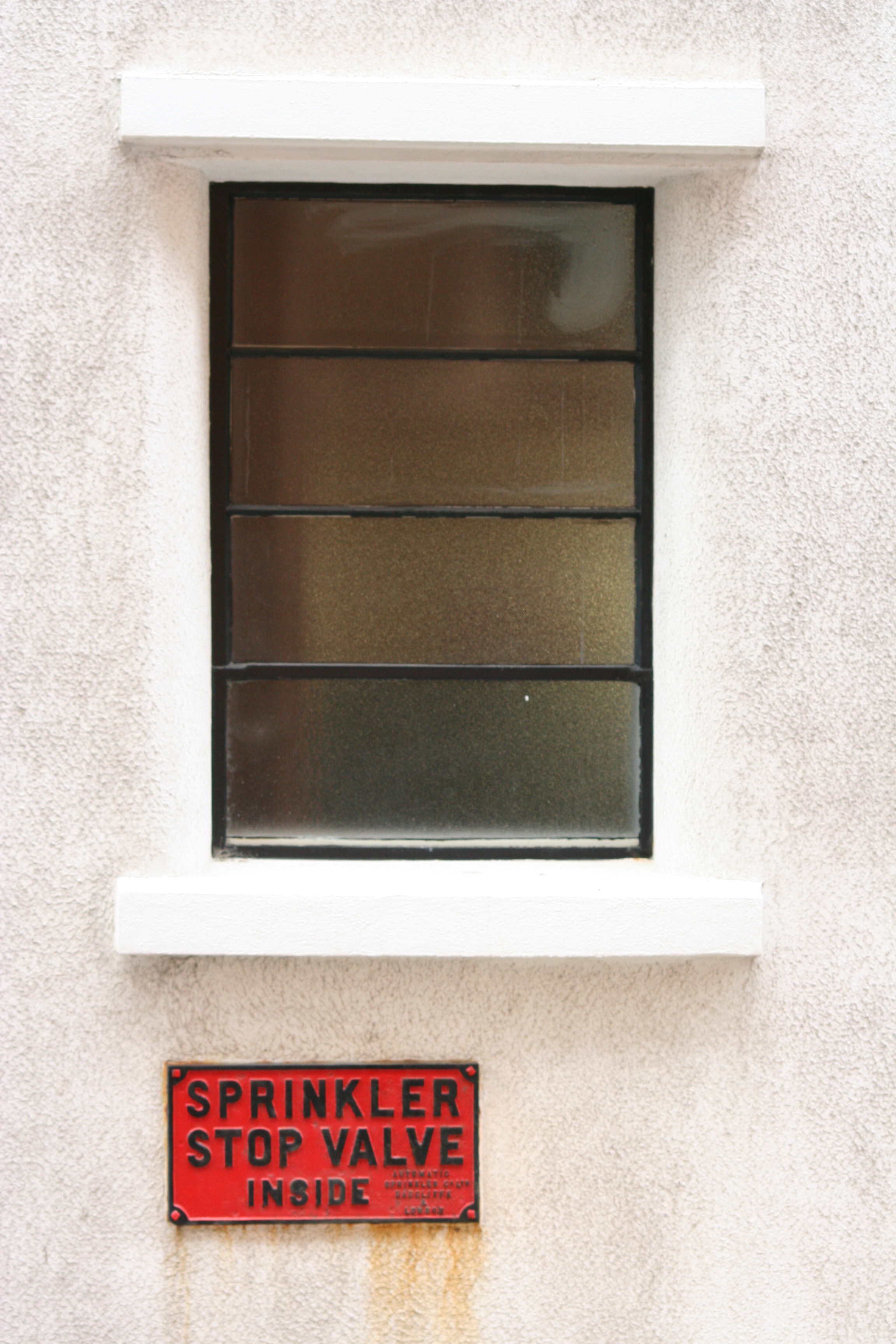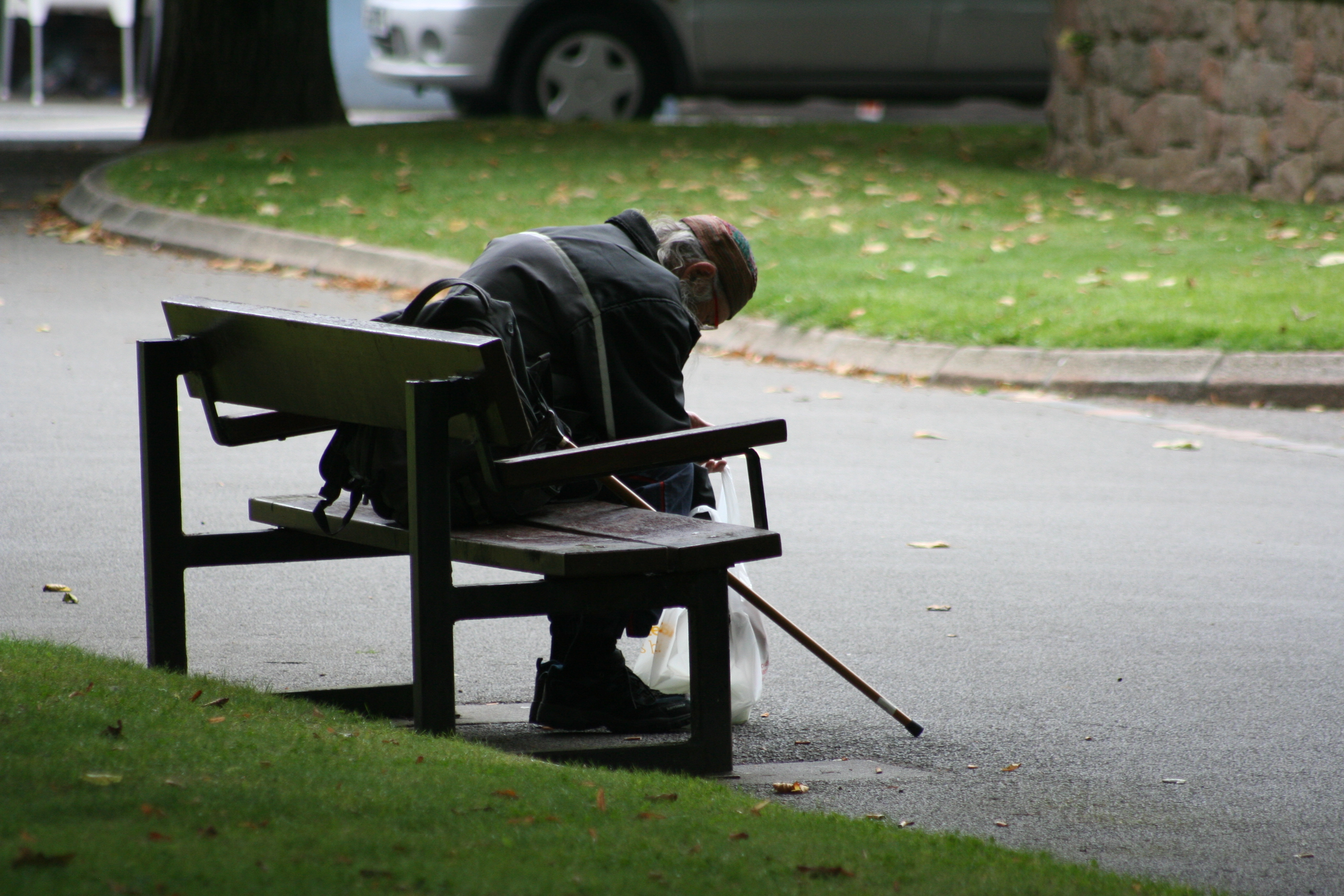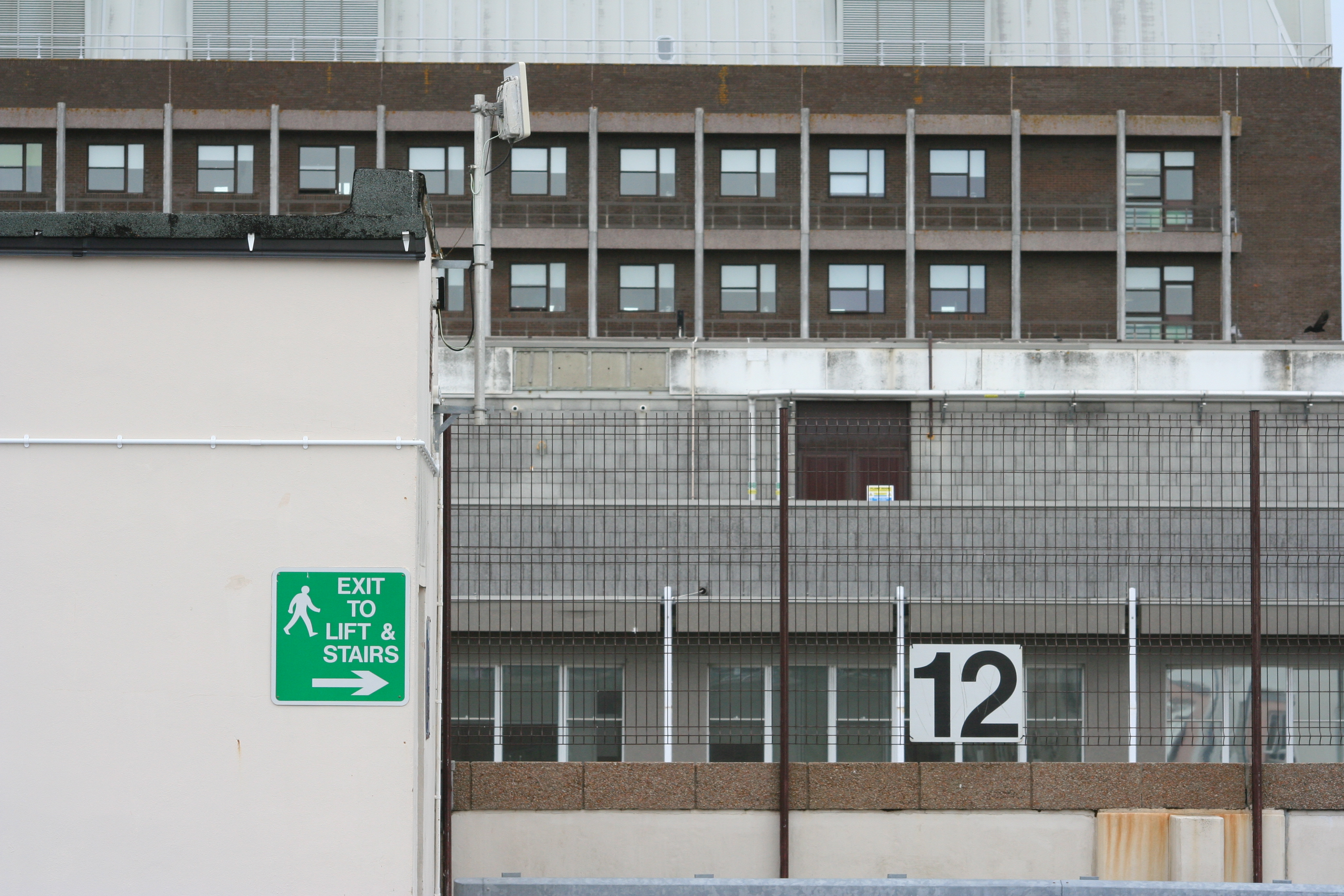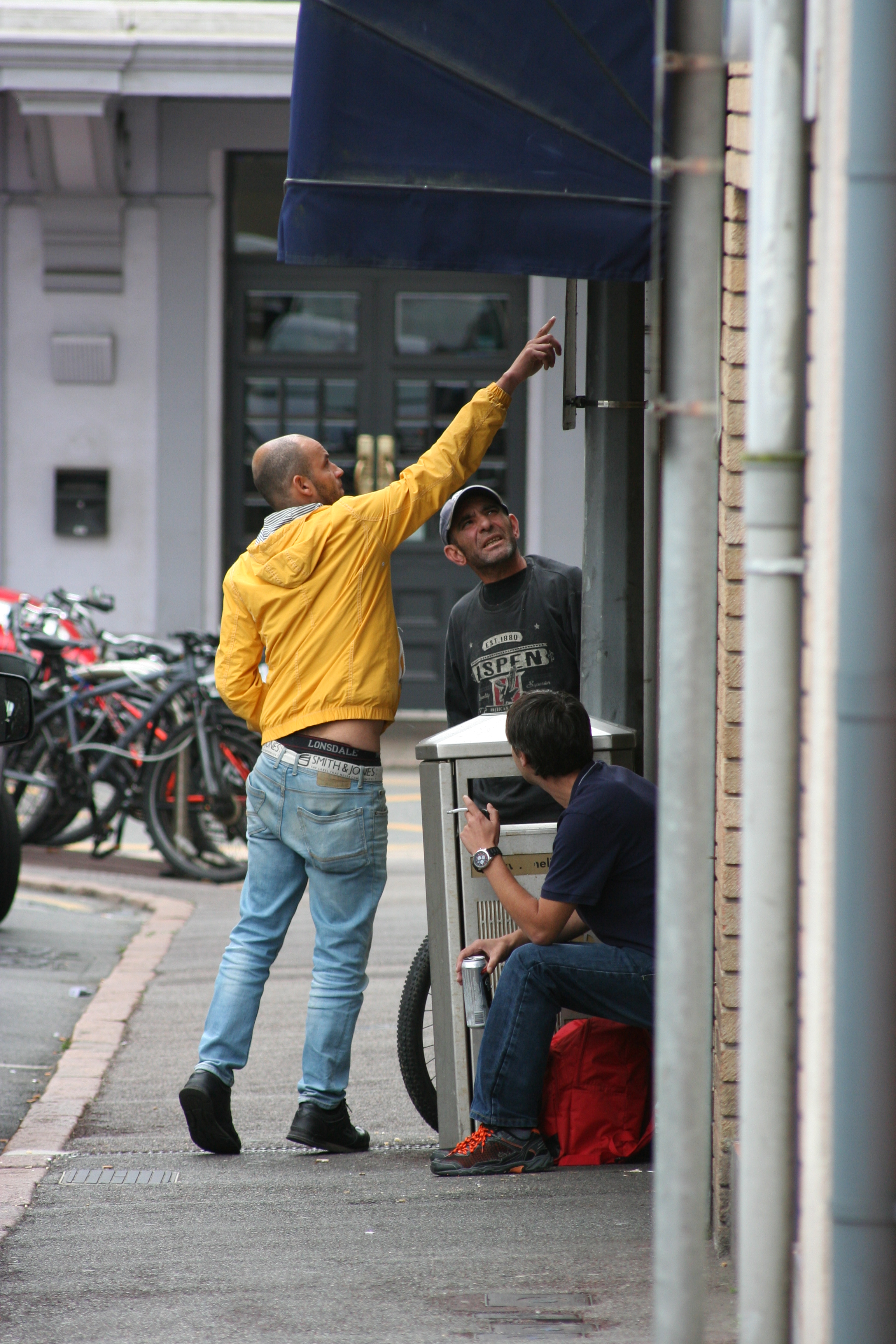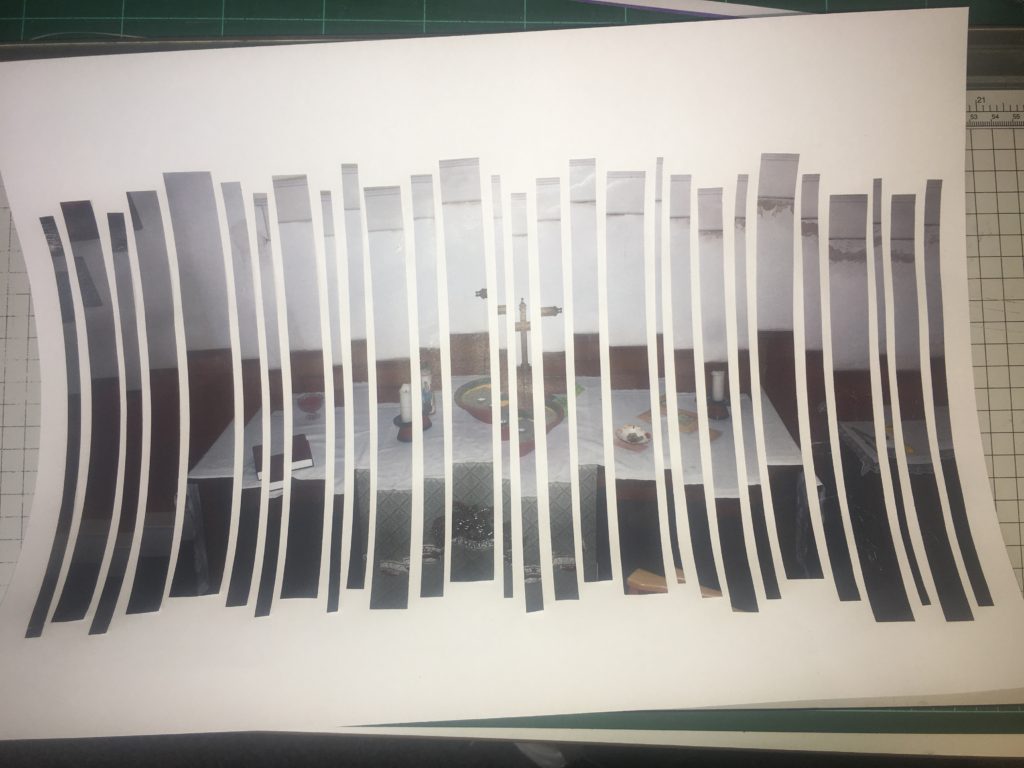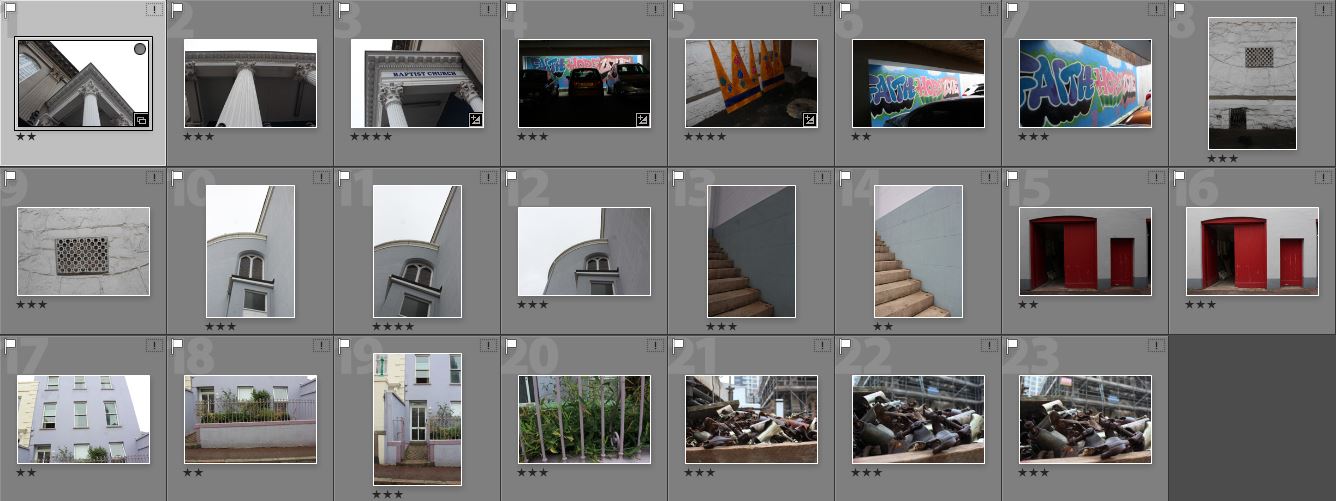Here is my first draft layout of my zine design. I believe my choice and sequencing of photographs and my use of basic text is very effective and clean. I have tried to keep things as minimal as I can as i didn’t want to draw any attention away from the photographic content itself. However something that I am not too sure on at this point is the layout in terms of alternation and sizing of the images, I think if I was to experiment with alternative layouts using full bleed spreads and maybe overlapping images this could make for a more visually interesting sequence of images. So this is something which i will try when coming up with my final design for my zine. I may also experiment with the placement of the text used in the zine because at this point it is all very central rather than alternating or randomly placed etc.







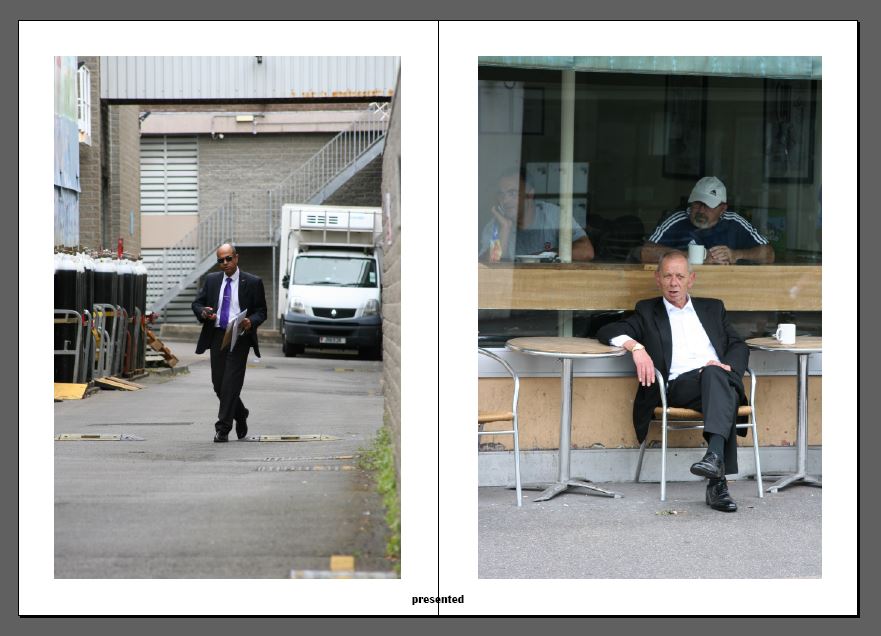


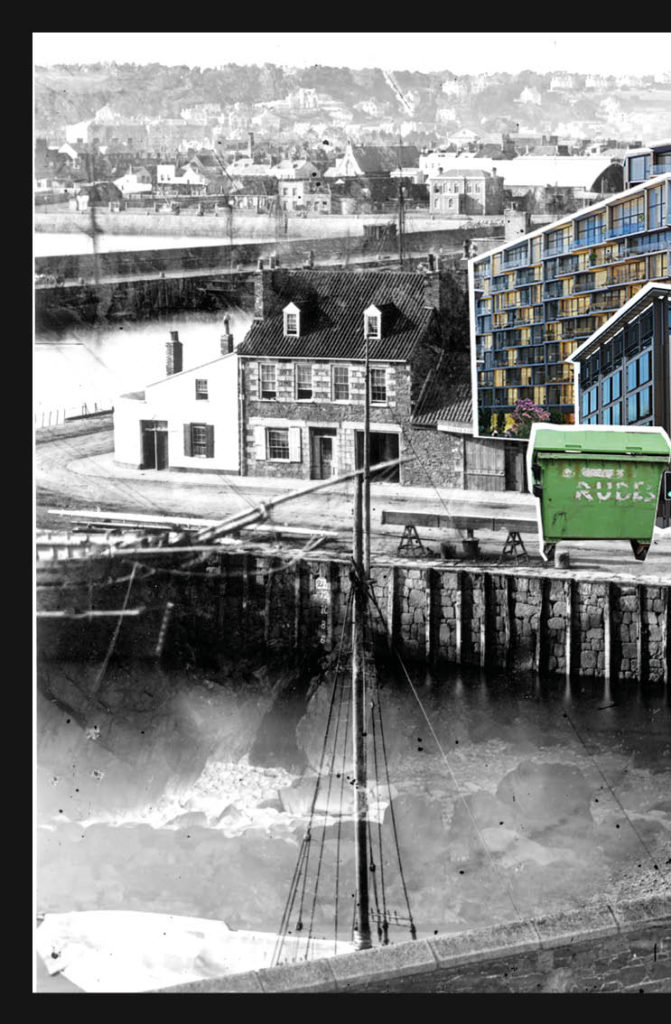






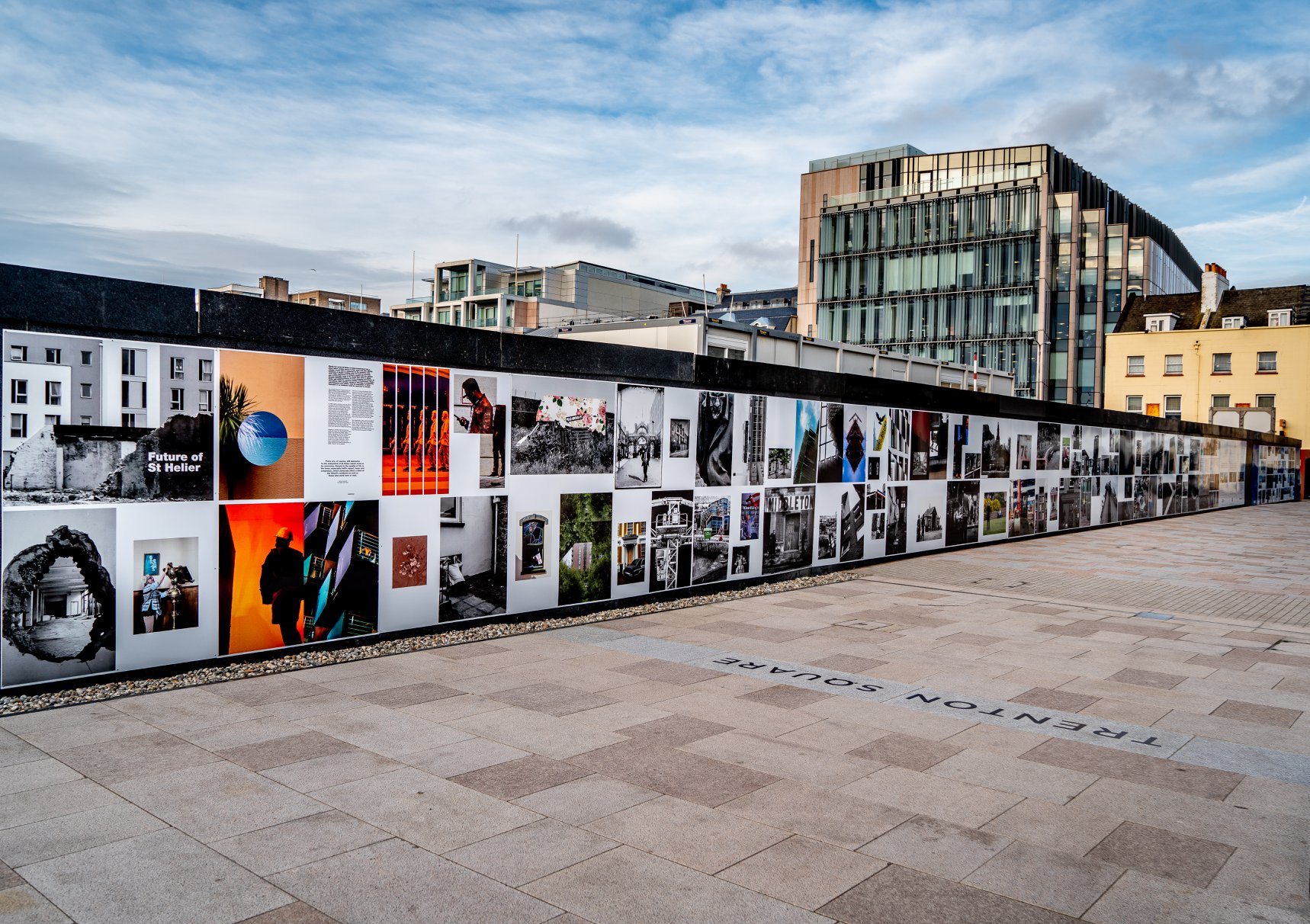



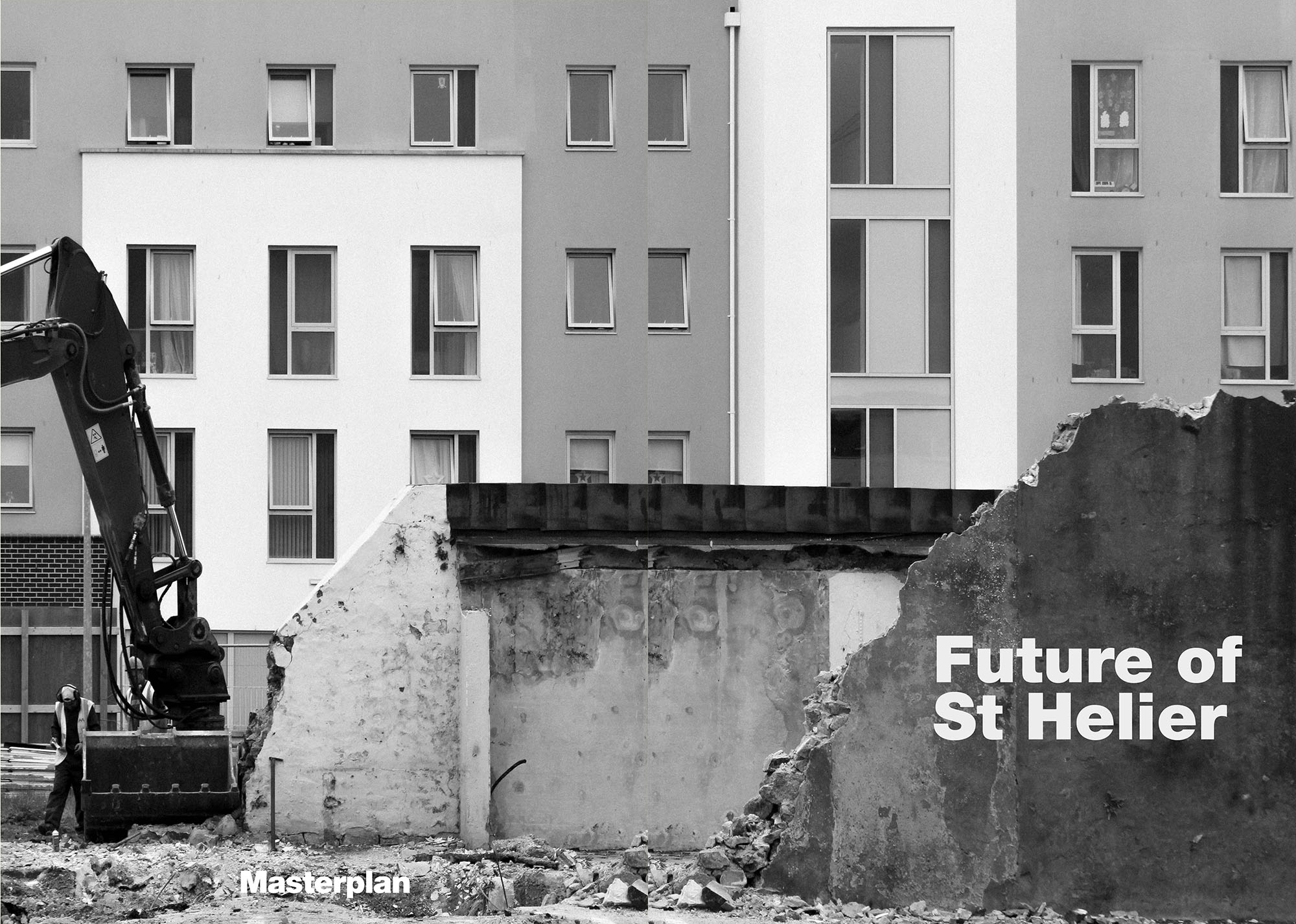






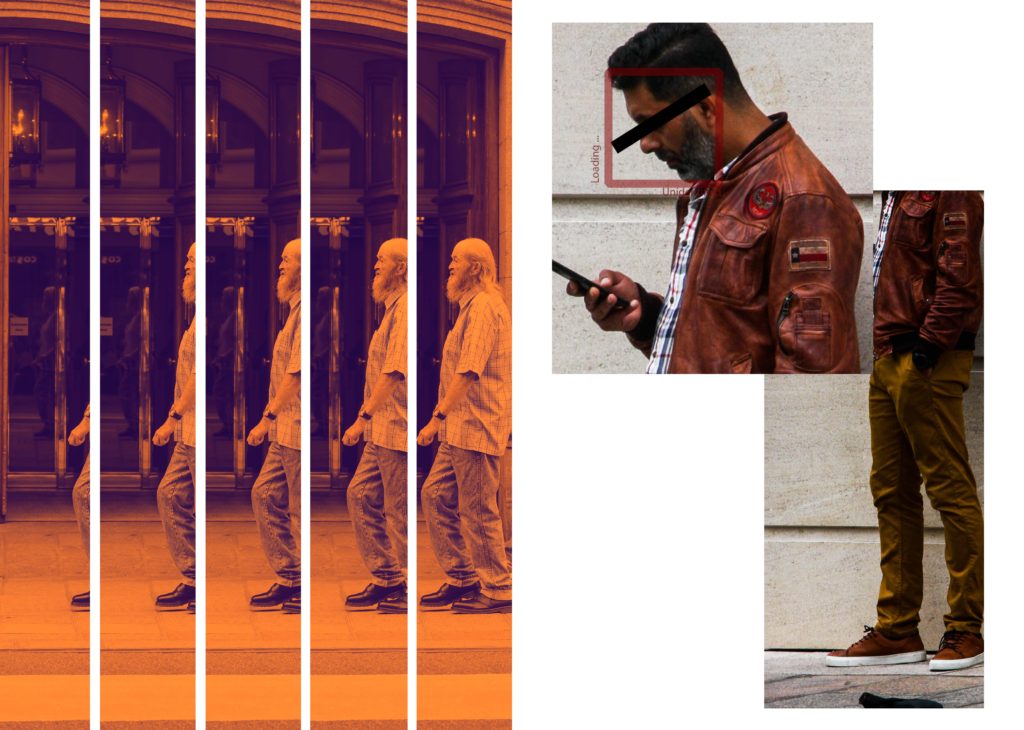





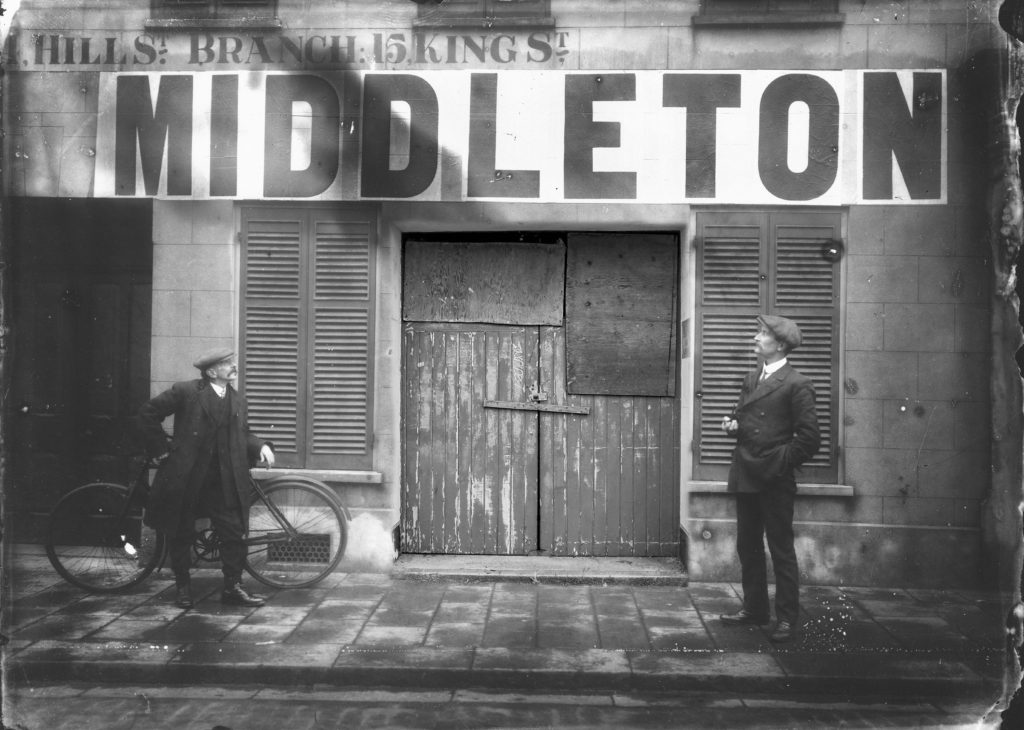





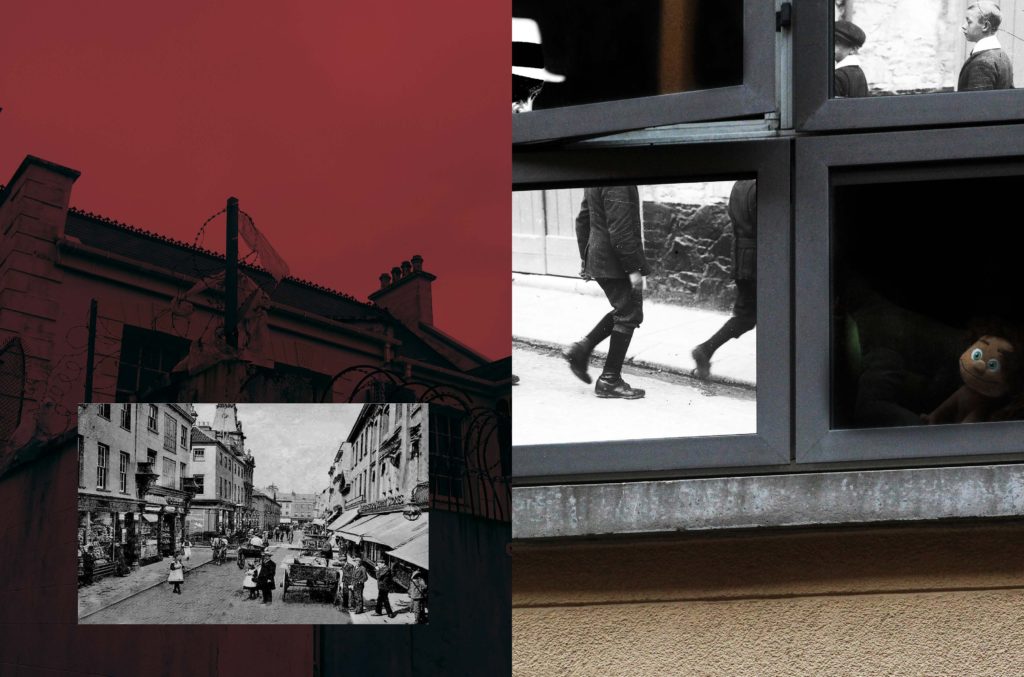




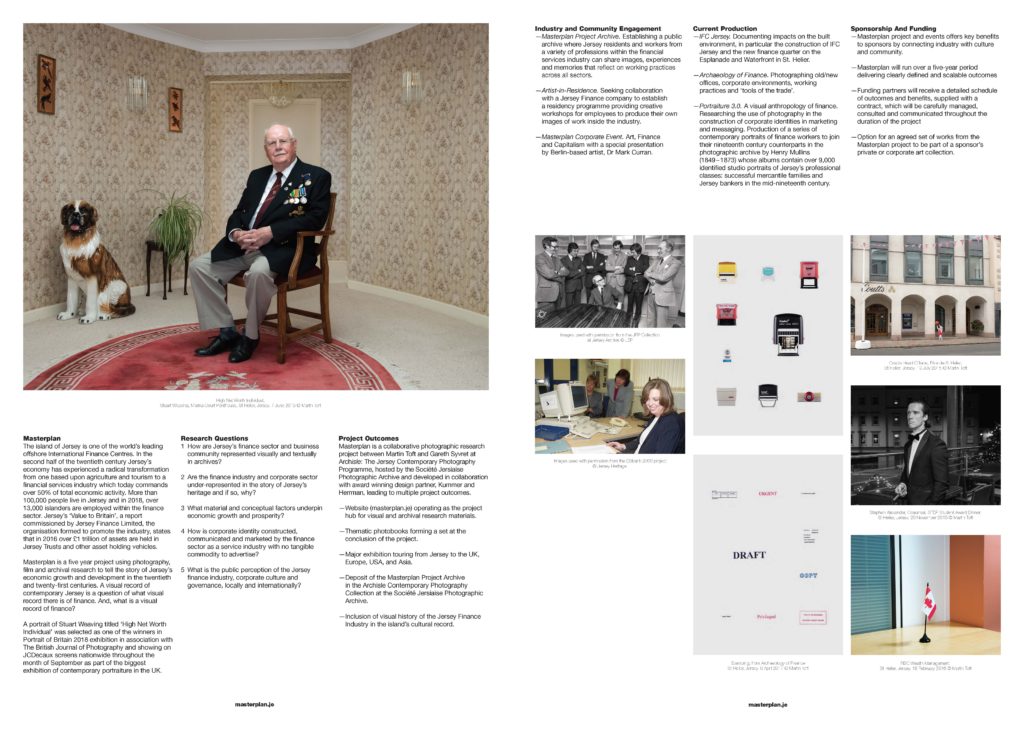





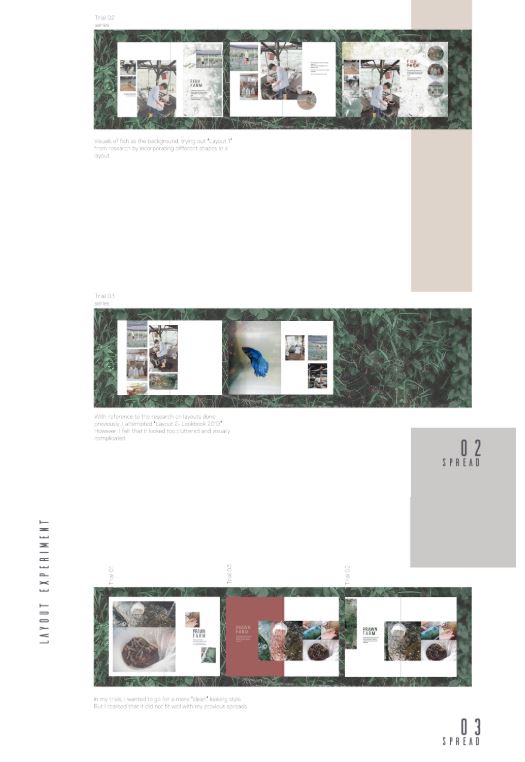
 I believe that this zine is a very successful outcome as it covers various different compositions and layouts of images whilst remaining minimalistic. I also like the basic fonts used in the zine as they do not distract of draw attention away from the images themselves, this is something which I hope to do in my own zine.
I believe that this zine is a very successful outcome as it covers various different compositions and layouts of images whilst remaining minimalistic. I also like the basic fonts used in the zine as they do not distract of draw attention away from the images themselves, this is something which I hope to do in my own zine.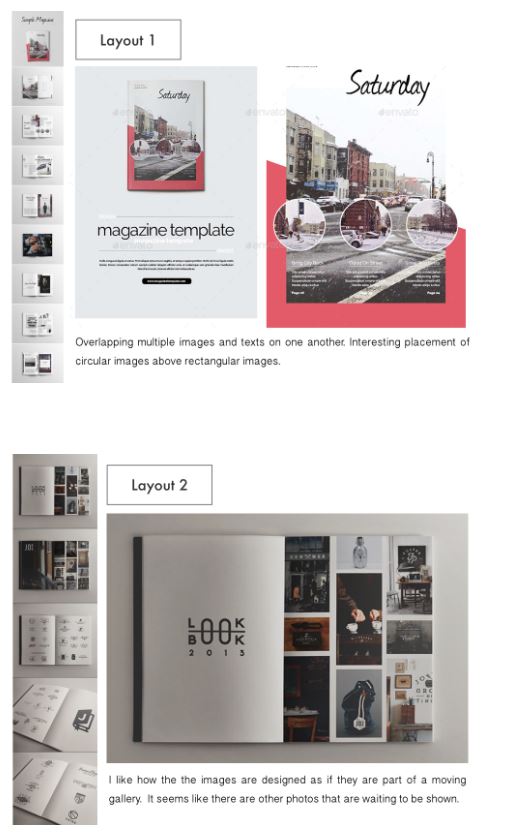
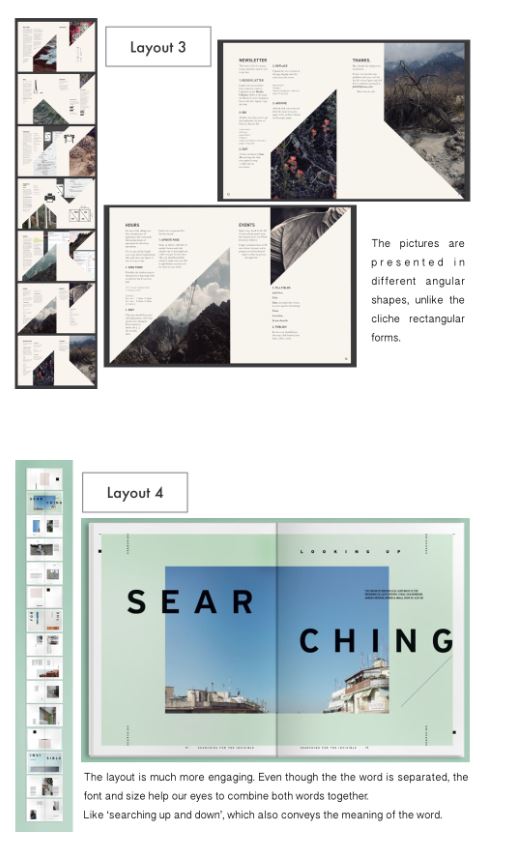
 I believe that it is good to look at many different examples of what it is that you are creating, as it will give you as much creative inspiration as you may need.
I believe that it is good to look at many different examples of what it is that you are creating, as it will give you as much creative inspiration as you may need.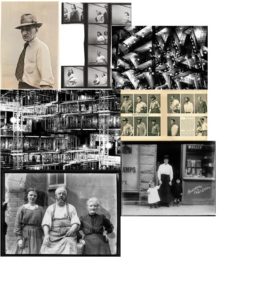 Each artist in this collection of images has provided me with inspiration for how I would like to capture the essence of St. Helier. I have selected images from the archive. I noticed a lack of portraits and the few I found were composed by Francis Foot, this has enabled the idea of capturing the people of town rather than architectural and landscape based pictures as I believe that what makes up St. Helier is the people and community.
Another artist I would like to base this project on is Walker Evans and his collection of photos of American workers - 'Labour Anonymous' set out in the style of typology. He used the method of standing still with his camera set up by his waist shooting passersby framed by the negative space of a wall in his location. The collection of images are all candid and even when the subject realised their photo was being taken, their expressions were still honest and they almost give a bigger insight of who they are as individuals. Although all the pictures are set up the same and look alike, each person creates a different mood and emotion.
The last artist I drew inspiration from is Lewis Bush. The images I chose use a technique of cutting and pasting and repeating one image that creates an intense and overwhelming feeling. If I could apply this to portraits I would hopefully like to emphasise the emotion and individuality of each person I capture on the street by repeating key parts of their portraits that add flavour and insight to who they are and what their motives are in that moment.
Each artist in this collection of images has provided me with inspiration for how I would like to capture the essence of St. Helier. I have selected images from the archive. I noticed a lack of portraits and the few I found were composed by Francis Foot, this has enabled the idea of capturing the people of town rather than architectural and landscape based pictures as I believe that what makes up St. Helier is the people and community.
Another artist I would like to base this project on is Walker Evans and his collection of photos of American workers - 'Labour Anonymous' set out in the style of typology. He used the method of standing still with his camera set up by his waist shooting passersby framed by the negative space of a wall in his location. The collection of images are all candid and even when the subject realised their photo was being taken, their expressions were still honest and they almost give a bigger insight of who they are as individuals. Although all the pictures are set up the same and look alike, each person creates a different mood and emotion.
The last artist I drew inspiration from is Lewis Bush. The images I chose use a technique of cutting and pasting and repeating one image that creates an intense and overwhelming feeling. If I could apply this to portraits I would hopefully like to emphasise the emotion and individuality of each person I capture on the street by repeating key parts of their portraits that add flavour and insight to who they are and what their motives are in that moment.
